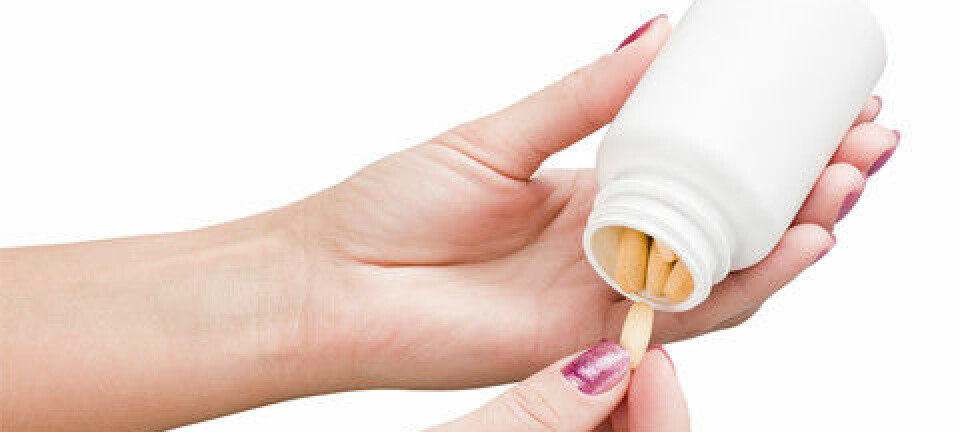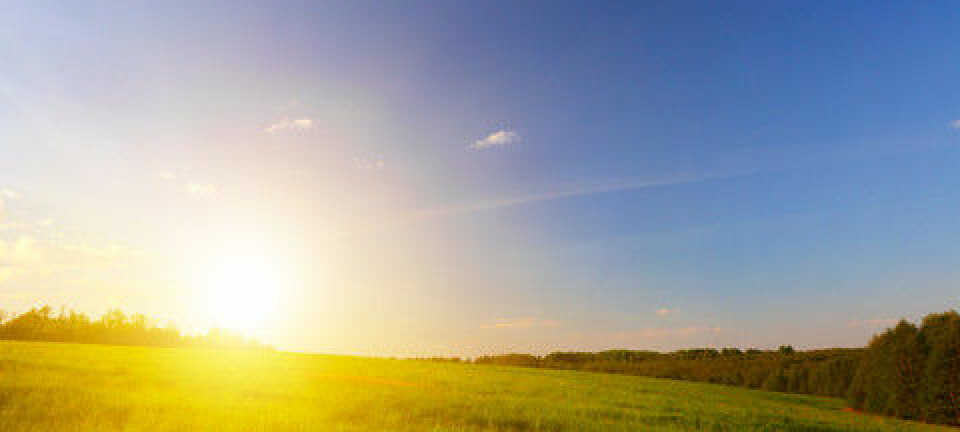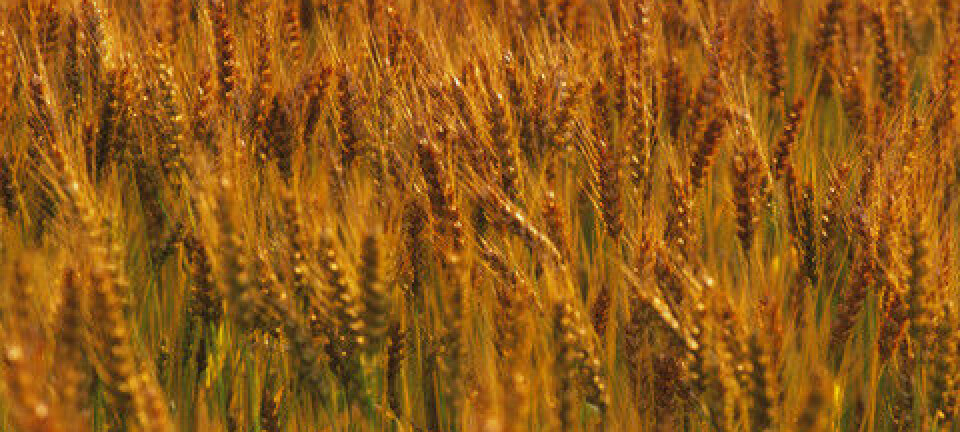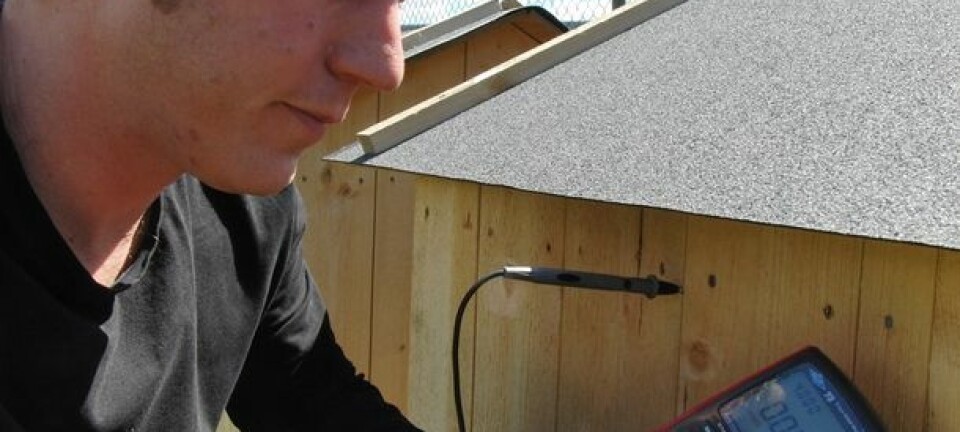
UV light turns mushrooms into vitamin D bombs
Mushrooms produce large amounts of vitamin D when illuminated with ultraviolet light. This discovery could make mushrooms a big hit with vitamin D-starved Scandinavians.
Summer sun and long bright days not only improve our mood – the sun’s rays on our skin is also our main source of vitamin D.
But in winter, when the sun is low in the sky and we wrap ourselves up in warm clothes, we depend on the vitamin D we get from animal foods: milk, cheese, meat and fish.
A new study shows that mushrooms, too, can become effective sources of vitamin D if they are illuminated with ultraviolet light. The findings have been published in the journal Food & Nutrition Research.
”It’s actually quite hard to believe, but when mushrooms are exposed to ultraviolet light they start producing vitamin D naturally in large quantities – even after they’re harvested,” says Associate Professor Hanne L. Kristensen, of Aarhus University, who headed the project.
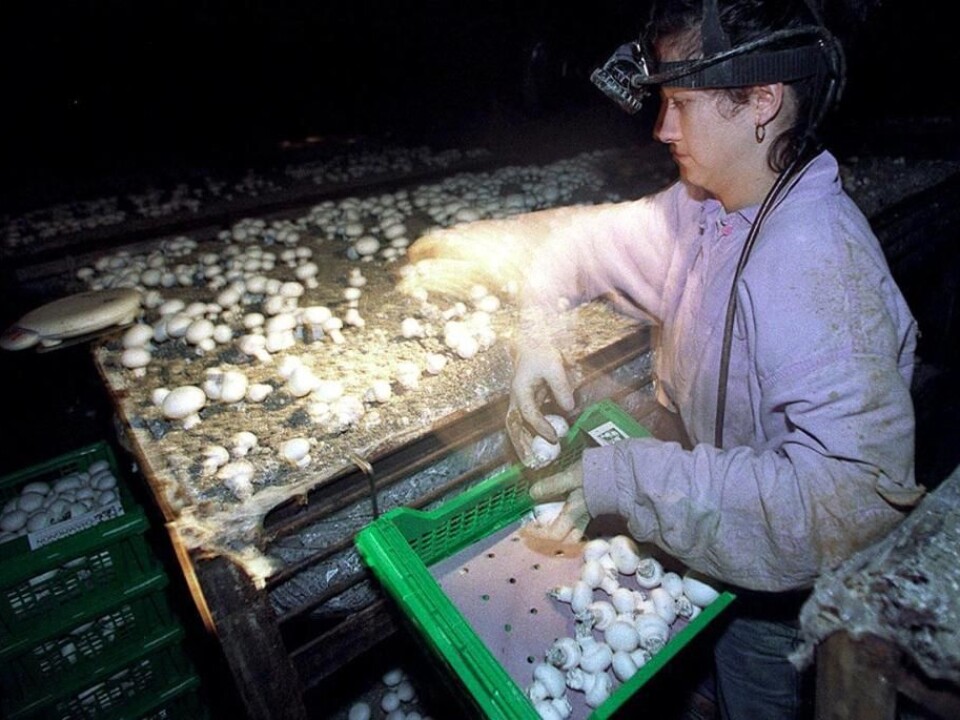
“This could benefit Scandinavians in the winter months when there’s a great risk of vitamin D deficiency.”
Mushrooms produce vitamin D in the same way as humans
Kristensen has examined the effects of UV light on mushrooms during growth in collaboration with Scandinavia’s largest mushroom producer, Egehøj Mushroom and DTU FOOD at the Technical University of Denmark.
The studies revealed a clear correlation between the intensity of UV light and the amount of vitamin D in the mushrooms.
The explanation for this is that the UV light makes the mushroom convert ergosterol – a substance that’s only found in mushrooms – into vitamin D.
It’s actually quite hard to believe, but when mushrooms are exposed to ultraviolet light they start producing vitamin D naturally in large quantities – even after they’re harvested.
“In many ways, ergosterol resembles and behaves like cholesterol,” she explains.
“When we humans are hit by UV light, our cholesterol starts producing vitamin D in the skin through a photochemical process. This is similar to what happens in the mushroom, but here it’s the ergosterol that’s converted into vitamin D by means of the energy from the UV light.”
This, however, only applies to UV rays from sunlight; a regular lamp does not have this effect.
A few minutes of UV exposure does the trick
Since it’s a photochemical process that governs the conversion into vitamin D, the process is much quicker than biological processes.
Mushrooms quadruple their size in just one day. After only two days of UV-light exposure, our experiments showed that the growth caused the vitamin D concentrations to dilute to a level that’s only slightly higher than what we see in animal sources of vitamin D, such as cheese and meat.
“You only need to expose the mushrooms to UV light for a few minutes right after they’re harvested.”
The radiation can also be carried out while the mushrooms are still growing, but in that case they must be harvested immediately after exposure because otherwise their rapid growth will quickly dilute the concentration of vitamin D.
"Mushrooms quadruple their size in just one day. After only two days of UV-light exposure, our experiments showed that the growth caused the vitamin D concentrations to dilute to a level that’s only slightly higher than what we see in animal sources of vitamin D, such as cheese and meat,” says the researcher.
Higher vitamin D concentration than in salmon
Kristensen and her colleagues have managed to produce 164 micrograms of vitamin D per 100 grams of mushrooms, and that’s a lot:
“In comparison, salmon, which are often mentioned as one of the main sources of vitamin D, only contain around 30 micrograms of vitamin D per 100 grams.”
UV light can be controlled with high precision
The researchers have found a way to control the UV light with very high levels of precision.
“This is very important because it’s obvious that if you produce foods with vitamin D, you should also be able to determine precisely how much vitamin you’re actually putting into the product,” she says.
”It’s of course also important to make sure the precautionary measures are in place, so that the people who produce the mushrooms don’t end up with skin cancer or snow blindness from working with UV light.
The next step is up to the manufacturers
Kristensen says that the research has come so far that it’s already possible in principle to start using UV lighting in the production of mushrooms.
”I know that Egehøj Champignon, the manufacturer that we’ve worked with, has started considering how it can put this project into practice. So as a consumer I’m looking forward to the day when new, vitamin D-rich mushrooms will appear on the Danish market. That would give the consumers an opportunity to increase their vitamin D intake naturally through diet.”
------------------------------
Read this article in Danish at videnskab.dk
Translated by: Dann Vinther

